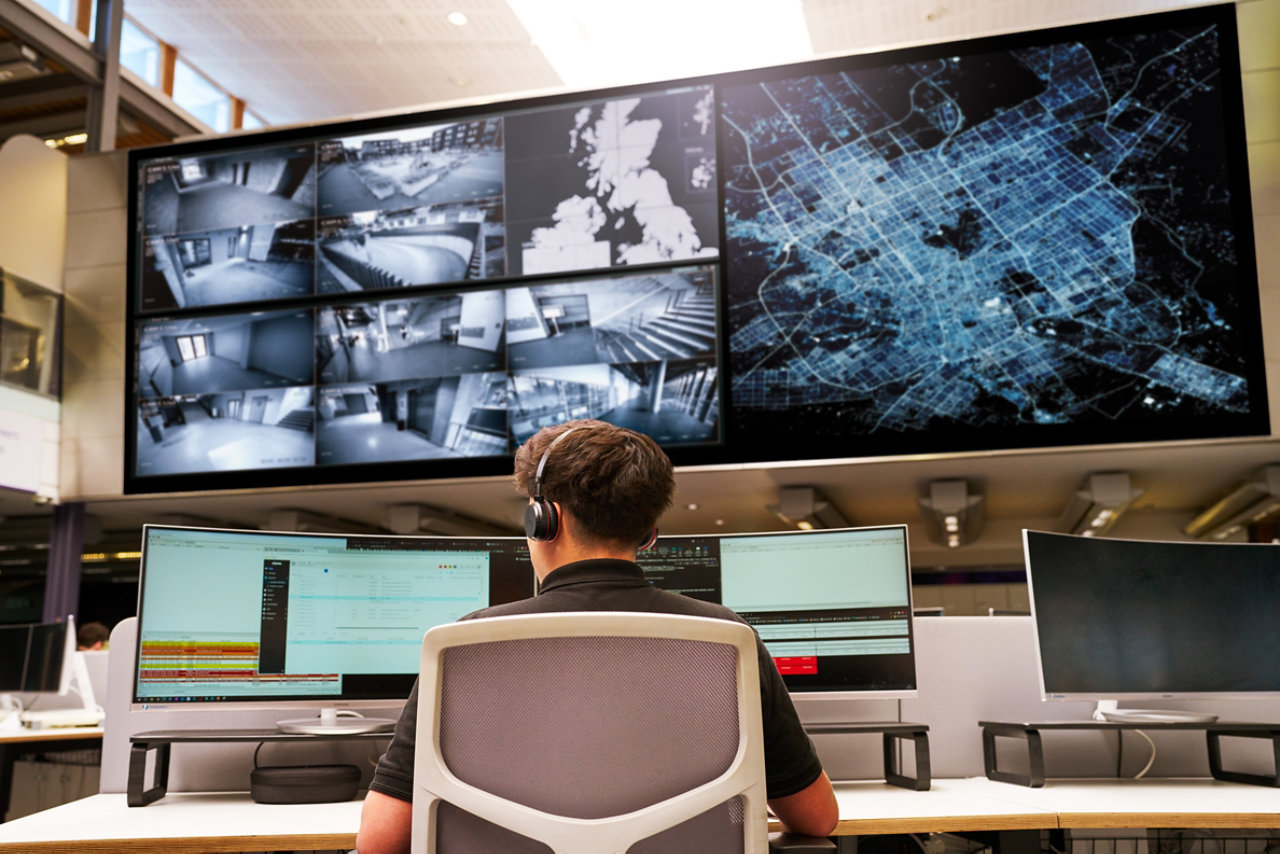At BT, we use the term ‘cyber agile’ to describe organisations that strike the right balance between strong cyber security with the flexibility to innovate and grow.
Our extensive research efforts shows that Cyber Agile Organisations grow, on average, 20% higher growth rates than other organisations. They also see boosted customer trust, improved operational efficiency, and better collaboration across teams.
If cyber agility creates these benefits and more, then shouldn’t creating a cyber agile culture be a priority for all businesses? One that permeates all levels and every department?
But cyber agility doesn’t happen by accident. It’s a mindset, and it starts with culture.
Building a cyber agile culture
A cyber agile culture doesn’t rely on technology alone. It’s the product of people, processes, and technology functioning together. And it starts with strong leadership.
Leaders set the tone by investing in skills, setting expectations, and embedding cyber awareness across every function. While IT teams need deep technical expertise, every employee should have a basic understanding of cyber risks and how their actions can impact the organisation.
Confidence and competence go hand in hand when it comes to resilience. Employees are more likely to follow protocols, and spot red flags when they understand the ‘why’ behind security policies.
And when something does go wrong, organisations need to know why, while responding with curiosity, not blame. A 100% secure system is a myth, and though it’s possible to protect against many attacks, it may be impossible to repel them all. Being vigilant and learning from mistakes is a key part of the growth curve.
A strong cyber agile culture empowers teams to see security not just as a defence mechanism, but as a driver of innovation and business growth. It means using existing strengths to create smarter ways of working, deliver better outcomes for customers, and stay resilient in the face of evolving threats.
At BT, this mindset is embedded into everyday operations. With responsibility for critical national infrastructure and financial institutions, we’re a frequent target for cyber criminals and this demands rigorous, enterprise-grade security protocols — and a company-wide commitment to maintaining them.
So, we understand that security can’t simply be left to the IT team – it’s part of our organisational DNA. People are made aware of their responsibilities and understand the importance of taking action, even proactively, to reduce risk and prevent threats.
We’ve built a culture of continuous learning that adapts to the shifting threat landscape. Employees are encouraged to collaborate across departments, contribute ideas, and actively shape new approaches to security.
It’s something we weave consistently into our engagement with the workforce in fun and interesting ways. It’s embedded in team strategies and individual goal setting, meaning everyone has personal objective to support this culture.
Protecting what matters most is core to our purpose: connecting for good. And it’s that purpose that fuels our commitment to a more cyber agile future.
Where to start?
For organisations wanting to reinforce a cyber agile culture, every successful shift can start with an essential and common first step, that is, a comprehensive diagnostic of your digital environment.
Understanding your organisation’s current cyber posture, maturity levels across departments, and the behaviours that influence resilience will help identify both strengths and gaps. It’s only by assessing what’s working (and what isn’t) that you can build a strategy to move forward.
From there, it’s about setting realistic goals and aligning leadership, teams, and technology around them. Leaders must lead by example, not just endorsing a security-first mindset, but demonstrating it through visible action and consistent communication.
Employees, meanwhile, need the right tools and support to feel confident in their decisions. Empowering people to take ownership of security, not just because they have to, but because they want to is what builds lasting cultural change.
But most importantly, a cyber agile culture is never static. It evolves alongside new threats, business needs, and opportunities for innovation.
At its heart, though, creating a cyber agile culture is about people, tools and processes. Get the blend just right and your organisation will be well placed to guard against risks, while taking advantage of all the opportunities for innovation and growth that come your way.



